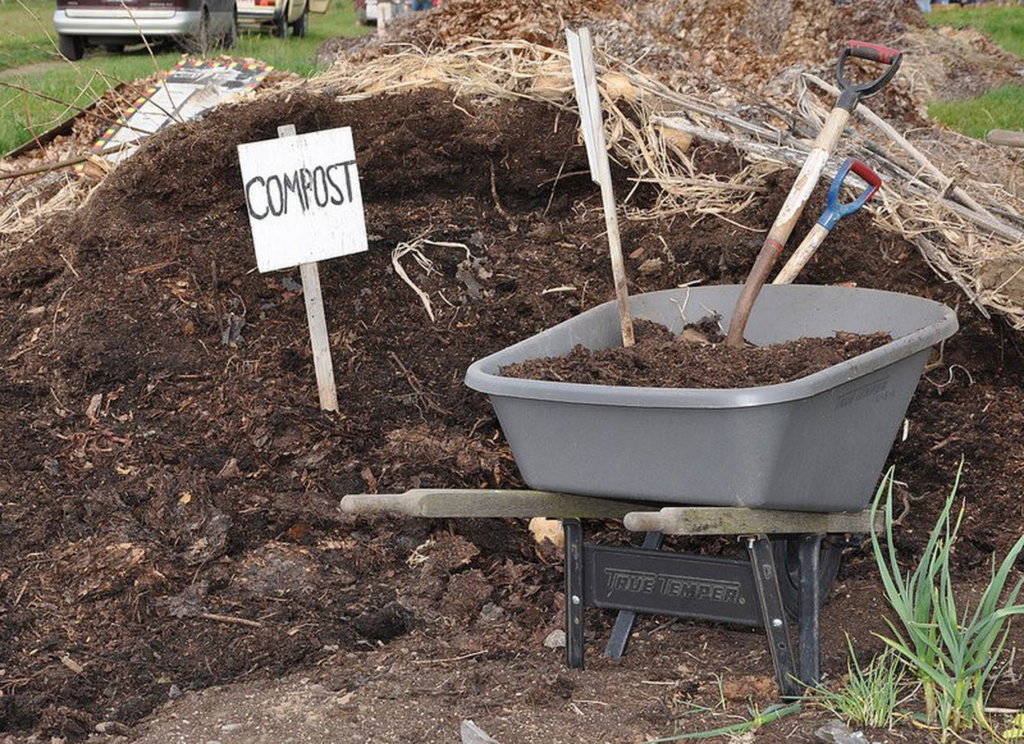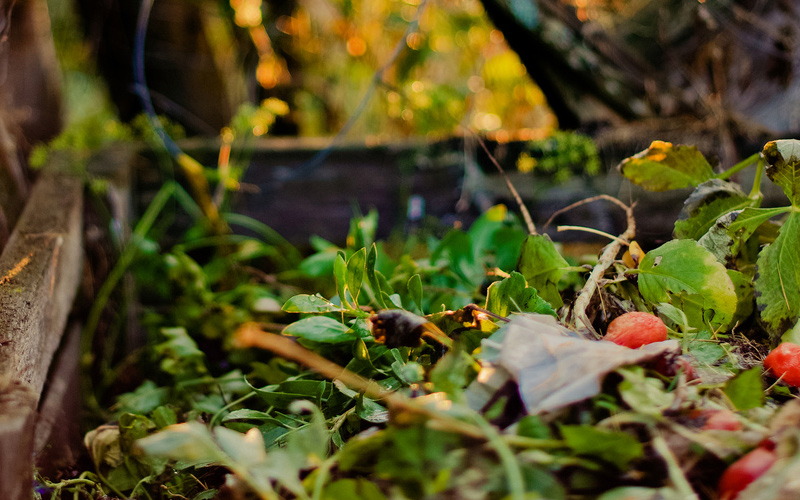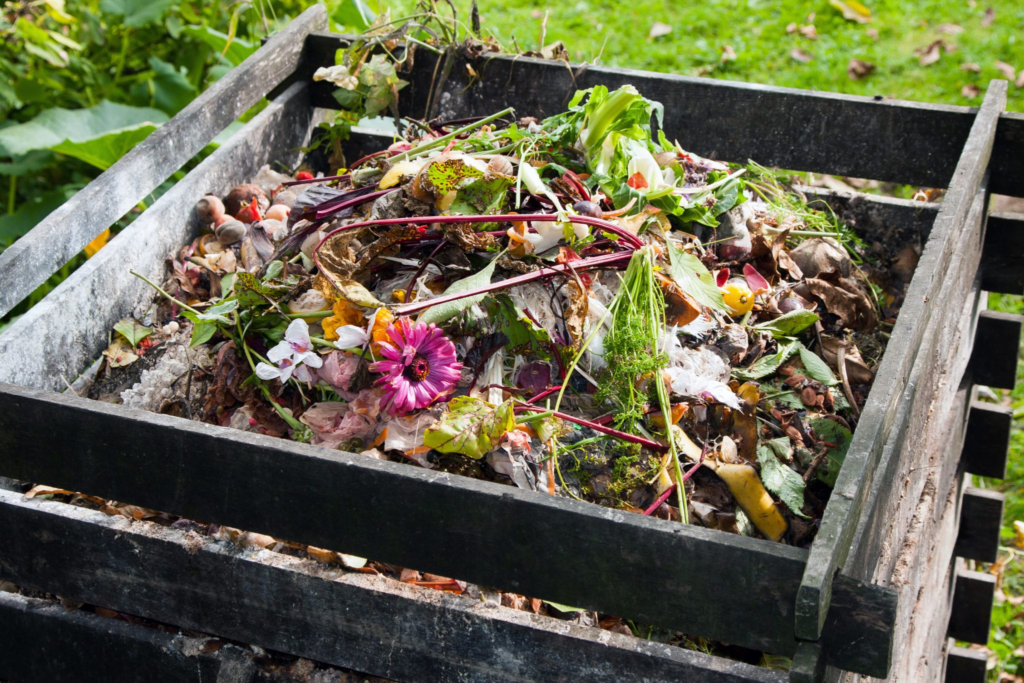
Composting is the process of breaking down organic matter, such as leaves, grass clippings, and food scraps, into a nutrient-rich soil amendment. It is a simple and effective way to recycle organic waste and improve the health of your soil. In this article, we will discuss the steps for making compost at home.
The first step in making compost is to gather the materials. The most common materials used for composting are leaves, grass clippings, food scraps, coffee grounds, and eggshells. These materials can be gathered from your own yard or kitchen, or obtained from a local community composting program. It’s important to note that you should avoid using meat, dairy, or oily foods as they can attract pests and create unpleasant odors.
Once you have collected the materials, it is time to prepare the compost pile. The ideal location for a compost pile is in a shaded area that is close to a water source. The compost pile should be in a container or bin to contain the materials and keep them from spreading. There are many different types of compost bins and tumblers available for purchase, or you can make your own using wood or wire mesh.
Once the compost bin is in place, it’s time to add the materials. The materials should be layered in the bin, with brown materials, such as leaves and straw, on the bottom and green materials, such as grass clippings and food scraps, on top. The layers should be about 4-6 inches thick, and each layer should be moistened with water to help start the decomposition process.
It’s important to keep the right balance of brown and green materials, as well as moisture, to allow the microorganisms to break down the materials efficiently. The brown materials provide carbon, while the green materials provide nitrogen. A ratio of about 30 parts carbon to 1 part nitrogen is ideal.

Once the materials are in the bin, it is important to turn the compost pile regularly, at least once a week, to allow oxygen to reach the microorganisms. This helps to speed up the decomposition process. The compost is ready when it has a dark, rich color and a crumbly texture. This process can take anywhere from a few months to a year, depending on the materials used, the temperature and moisture level.
It’s also important to note that during the hot summer season, the compost pile may dry out quickly, so you need to check it more often and water it accordingly. Also, during the winter, the process will slow down, so you may not need to turn it as often.
In conclusion, composting is an easy and efficient way to recycle organic waste and improve the health of your soil. By following the steps outlined above and maintaining the right balance of brown and green materials, as well as moisture, you can create a rich and nutritious compost that will provide many benefits for your plants. Not only it will reduce the amount of waste that goes into landfills, but also it will reduce the need for chemical fertilizers and improve the soil quality.

